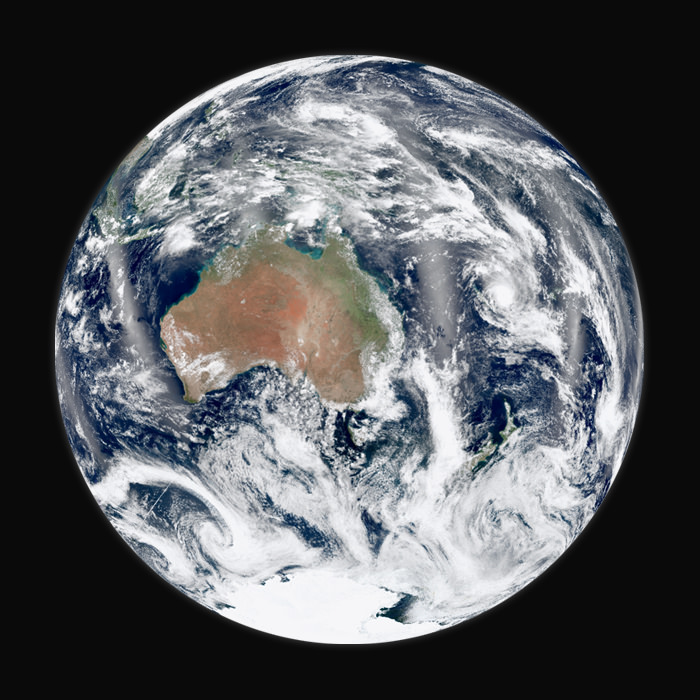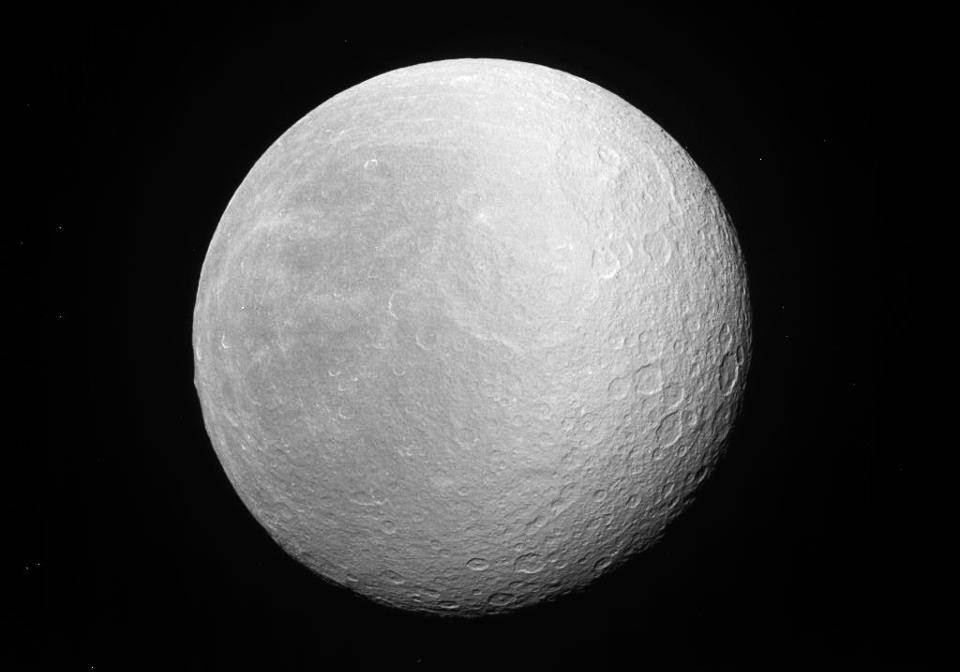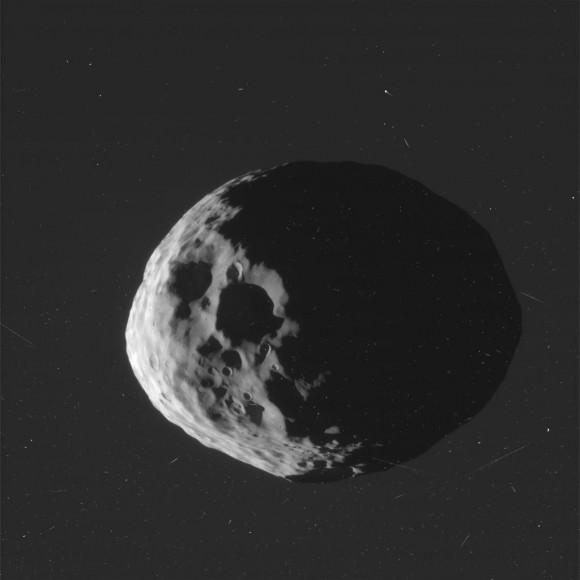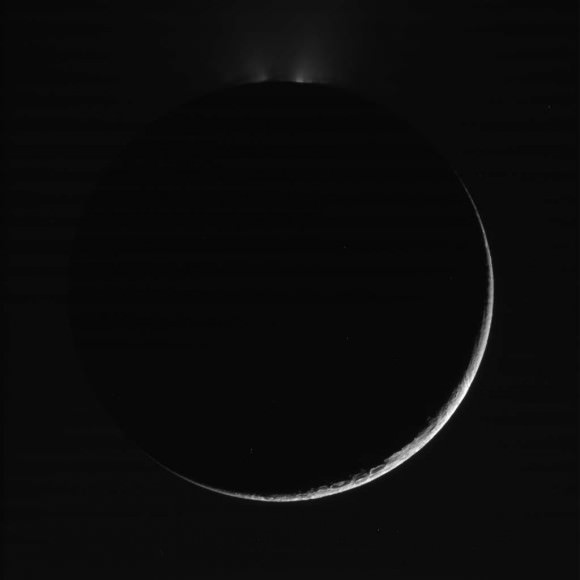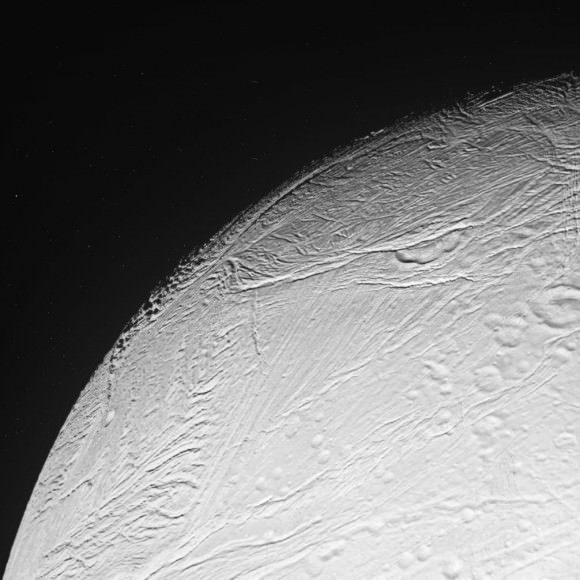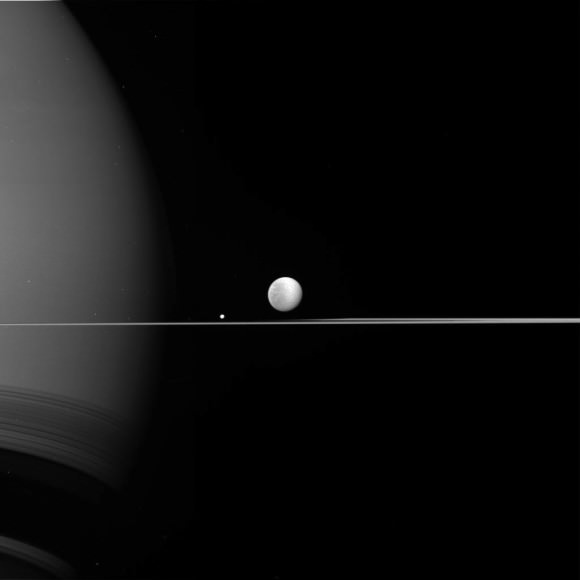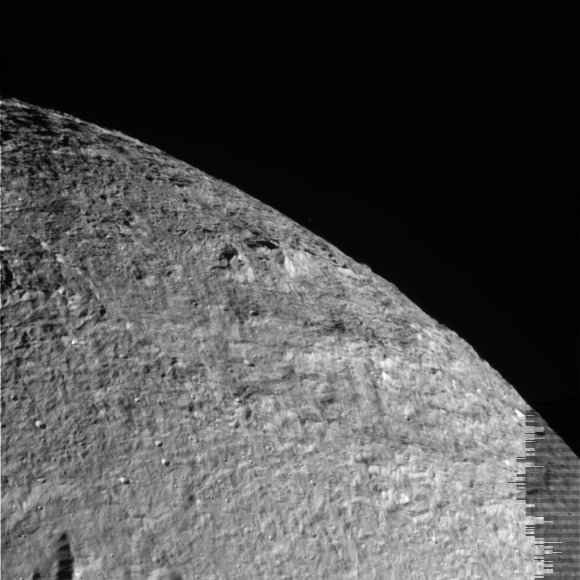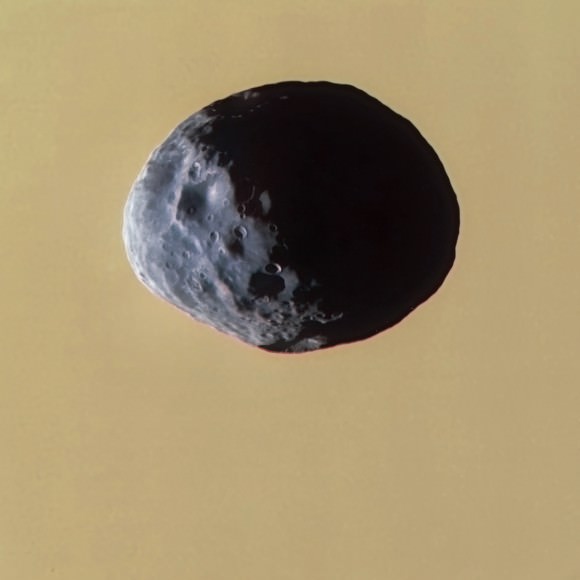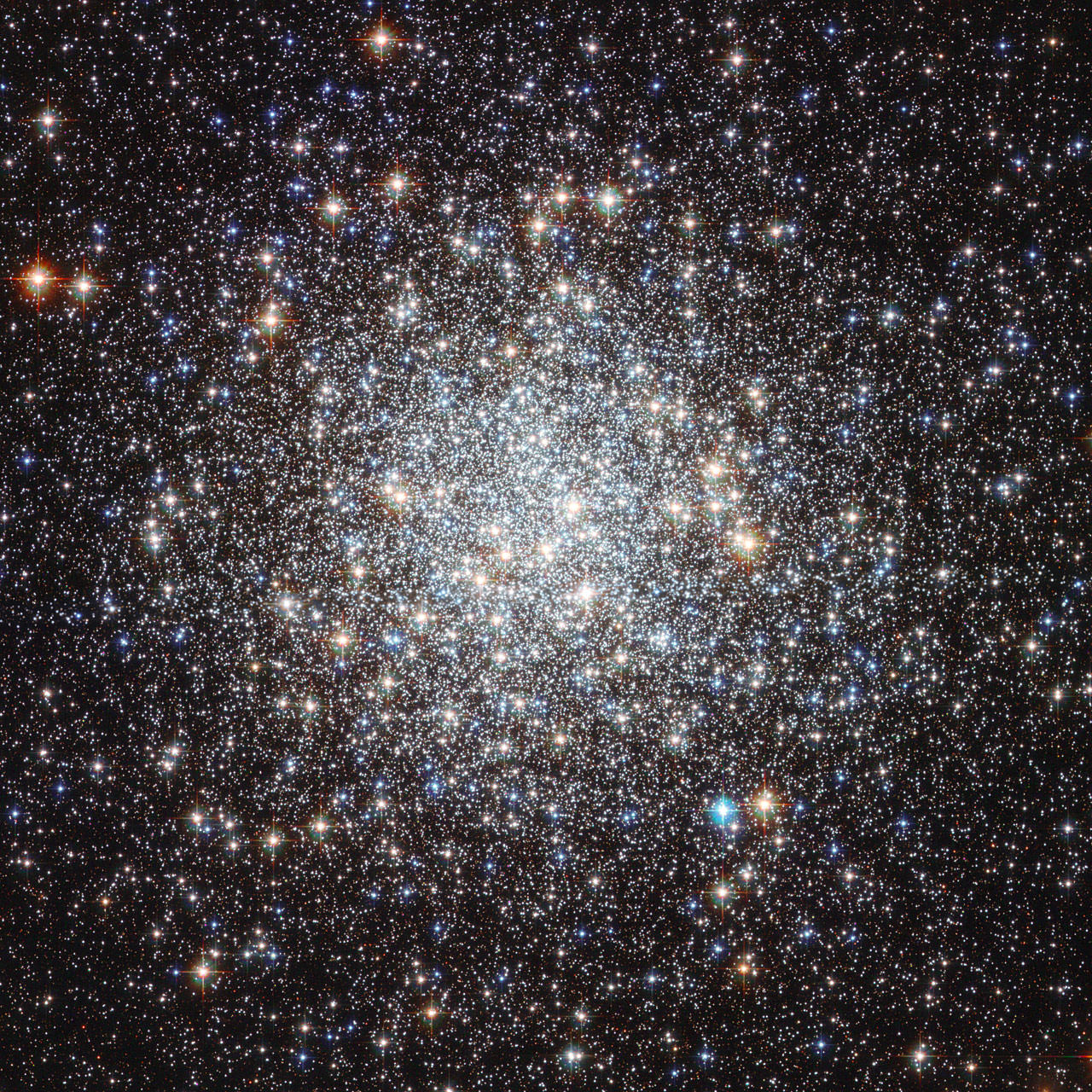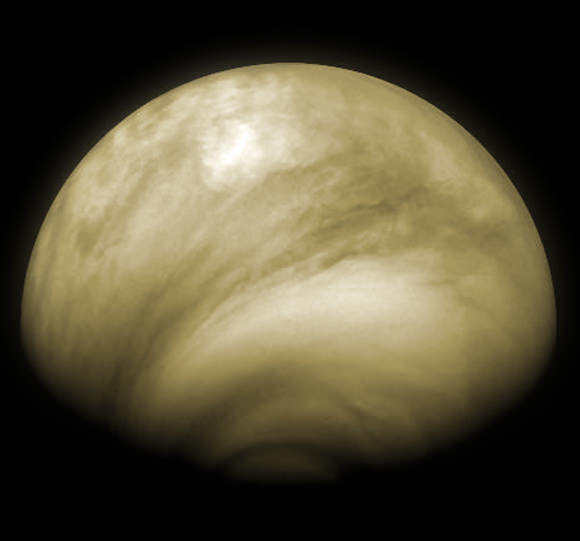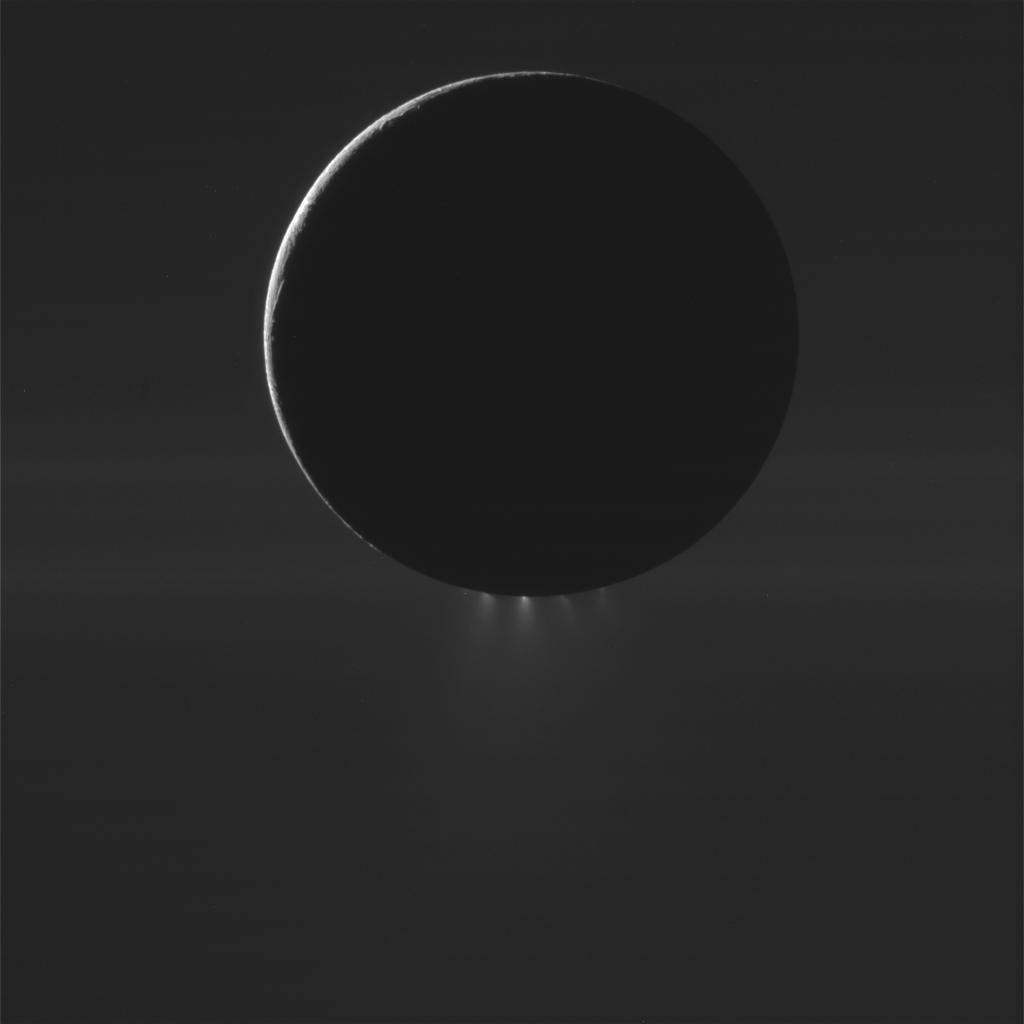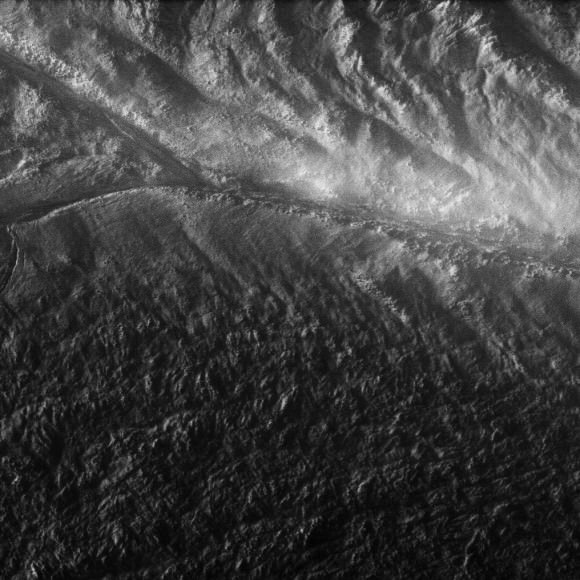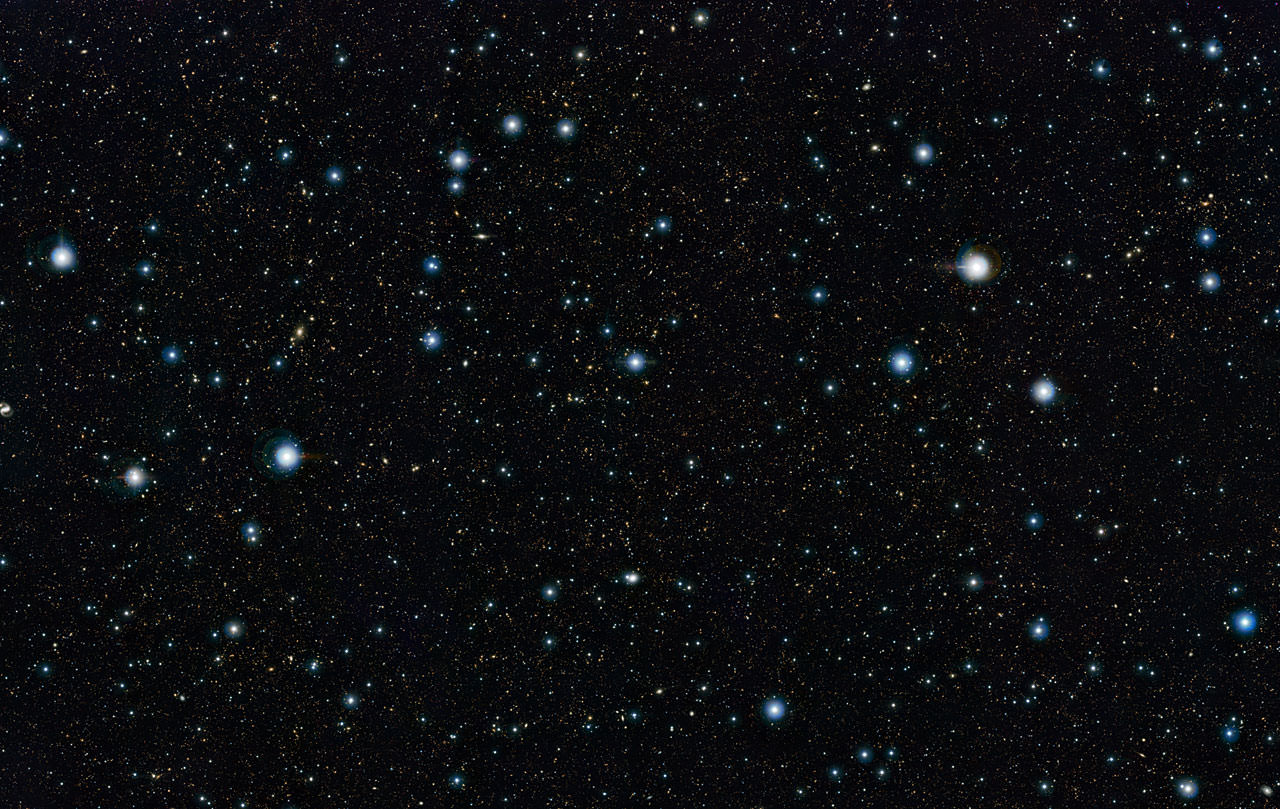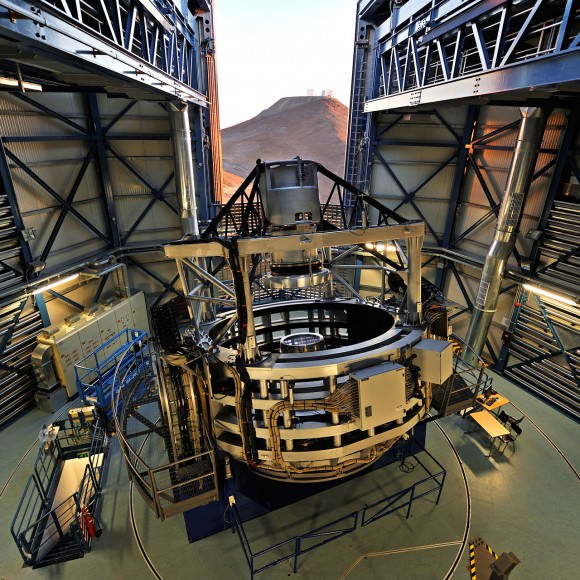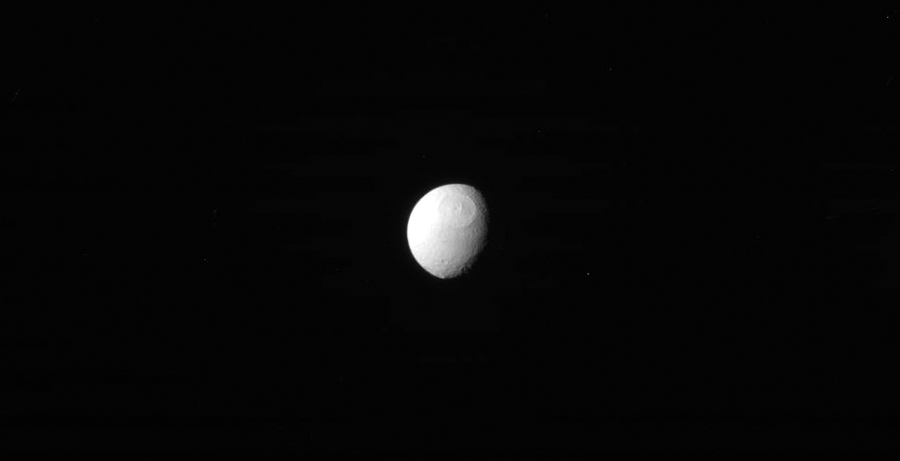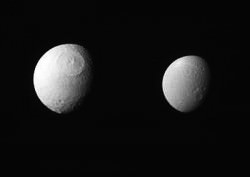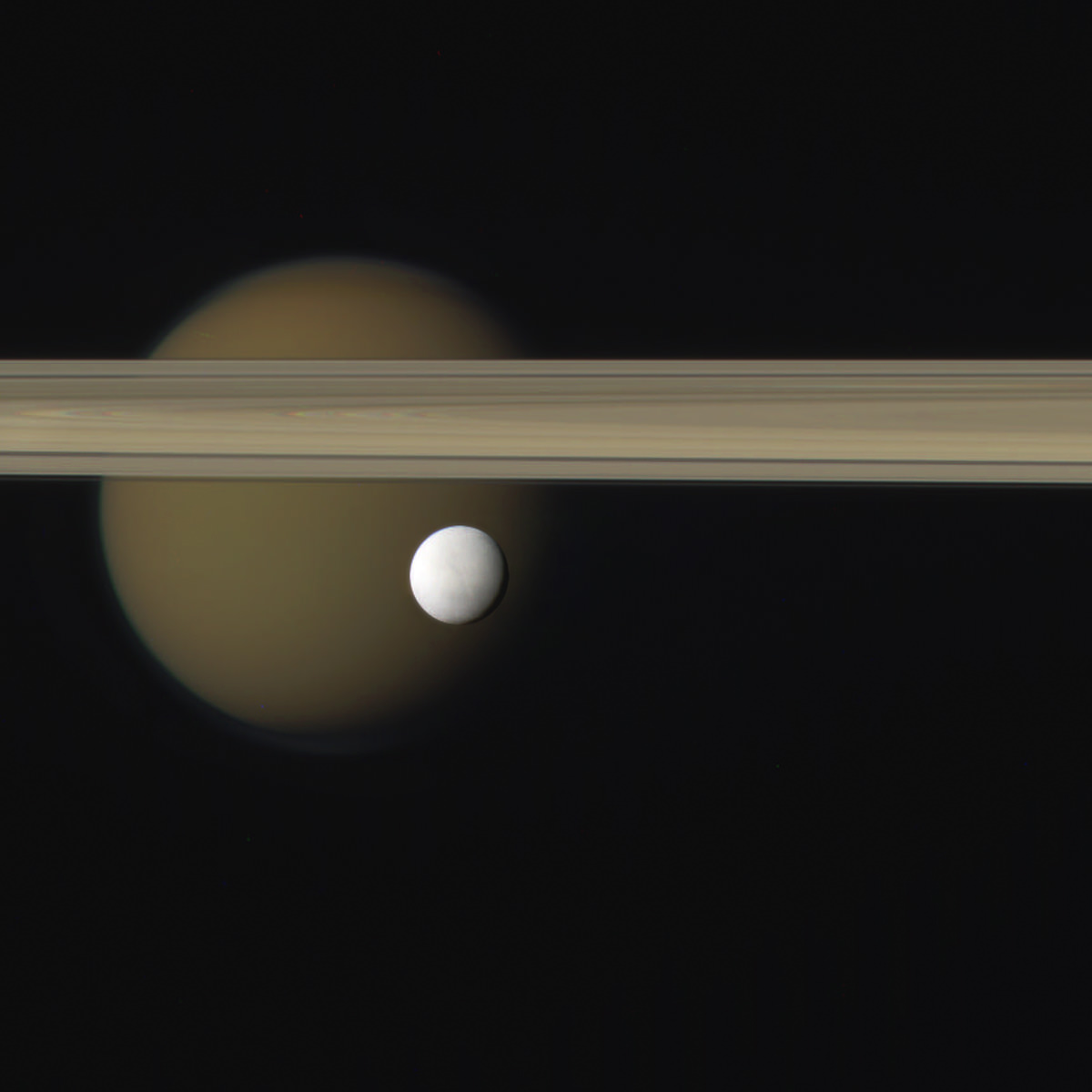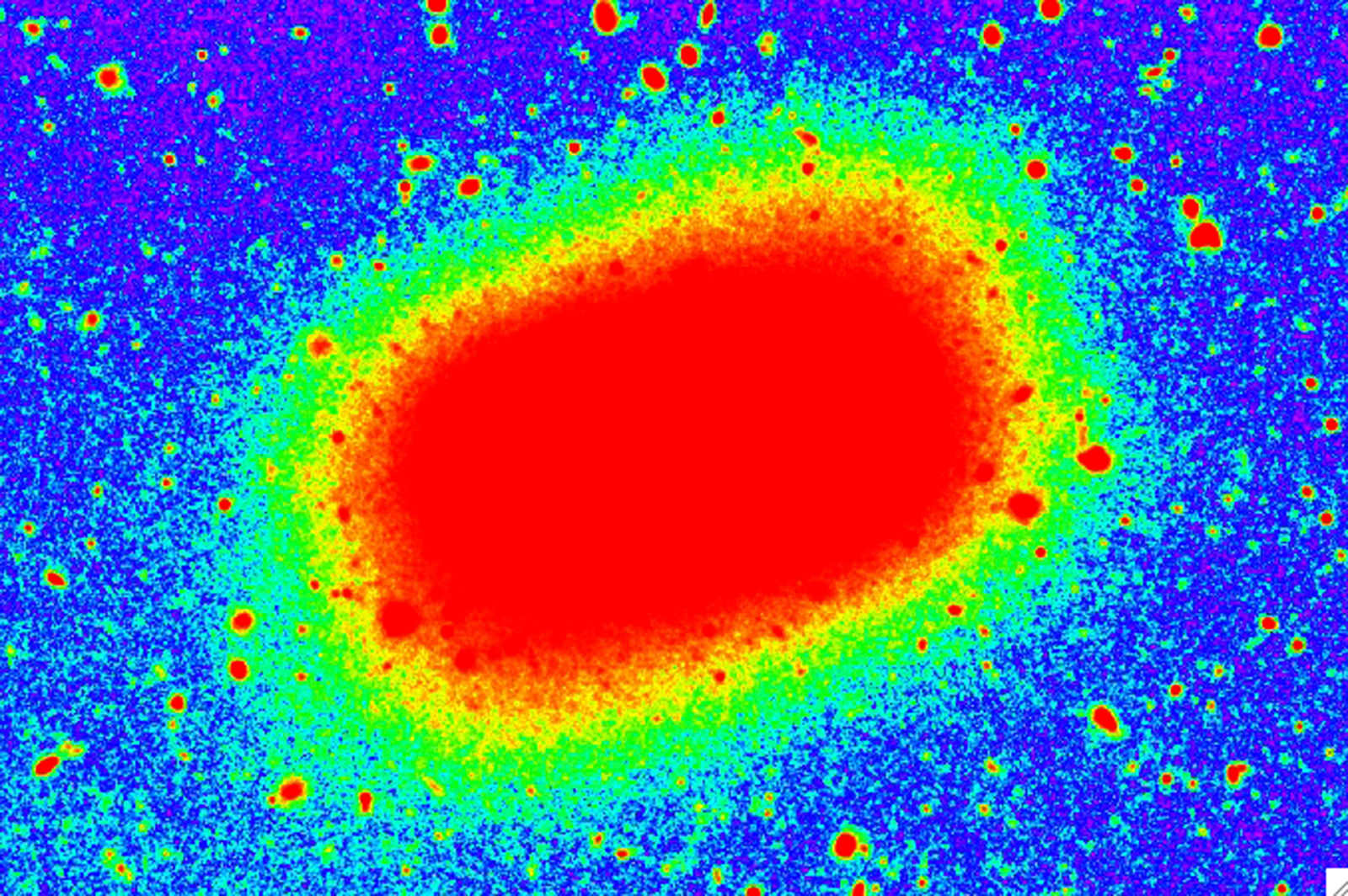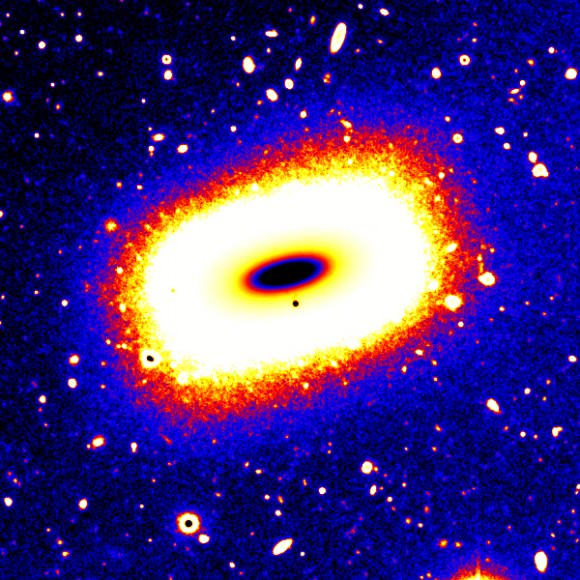[/caption]
Researchers from The Australian National University are suggesting that Earth didn’t form as previously thought, shaking up some long-standing hypotheses of our planet’s origins right down to the core — literally.
Ian Campbell and Hugh O’Neill, both professors at ANU’s Research School for Earth Sciences, have challenged the concept that Earth formed from the same material as the Sun — and thus has a “chondritic” composition — an idea that has been assumed accurate by planetary scientists for quite some time.
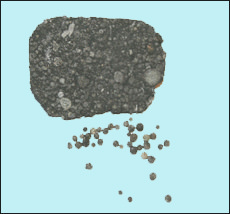
Chondrites are meteorites that were formed from the solar nebula that surrounded the Sun over 4.6 billion years ago. They are valuable to scientists because of their direct relationship with the early Solar System and the primordial material they contain.
“For decades it has been assumed that the Earth had the same composition as the Sun, as long the most volatile elements like hydrogen are excluded,” O’Neill said. “This theory is based on the idea that everything in the solar system in general has the same composition. Since the Sun comprises 99 per cent of the solar system, this composition is essentially that of the Sun.”
Instead, they propose that our planet was formed through the collision of larger planet-sized bodies, bodies that had already grown massive enough themselves to develop an outer shell.
This scenario is supported by over 20 years of research by Campbell on columns of hot rock that rise from Earth’s core, called mantle plumes. Campbell discovered no evidence for “hidden reservoirs” of heat-producing elements such as uranium and thorium that had been assumed to exist, had Earth actually formed from chondritic material.
“Mantle plumes simply don’t release enough heat for these reservoirs to exist. As a consequence the Earth simply does not have the same composition as chondrites or the Sun,” Campbell said.
The outer shell of early Earth, containing heat-producing elements obtained from the impacting smaller planets, would have been eroded away by all the collisions.
“This produced an Earth that has fewer heat producing elements than chondritic meteorites, which explains why the Earth doesn’t have the same chemical composition,” O’Neill said.
The team’s paper has been published in the journal Nature. Read the press release from The Australian National University here.

